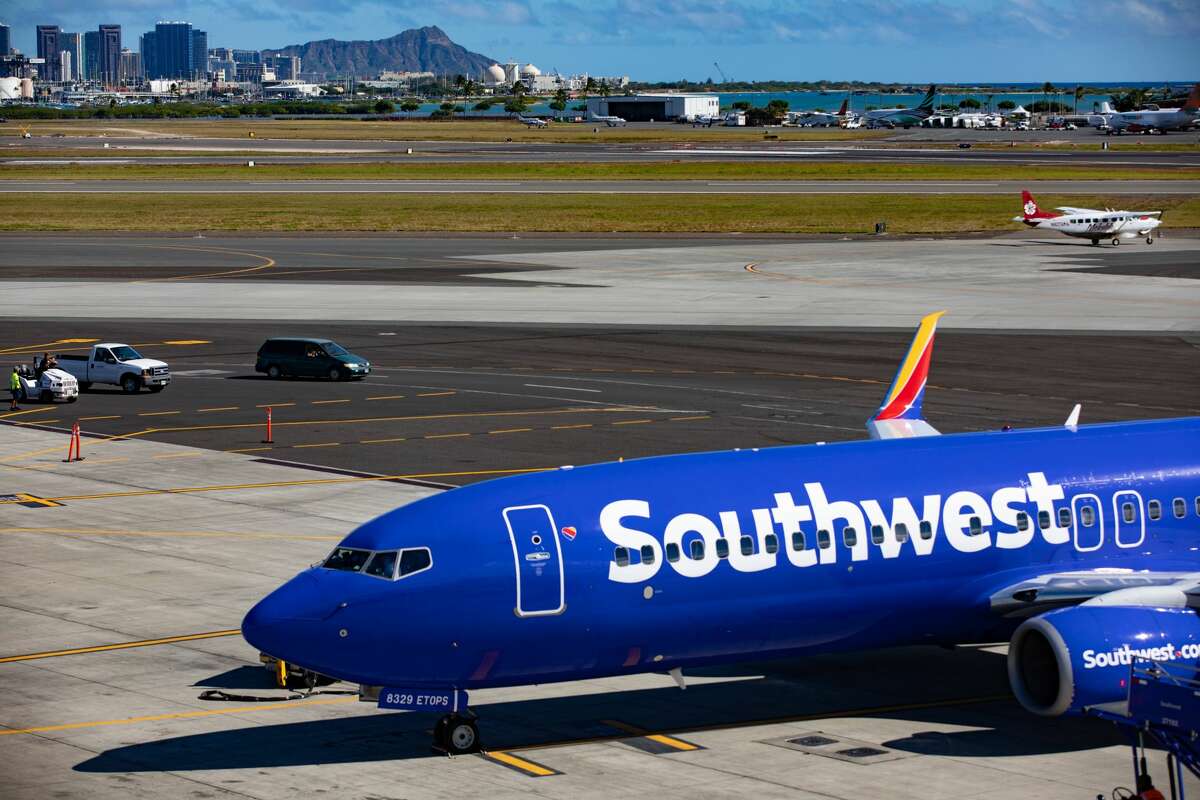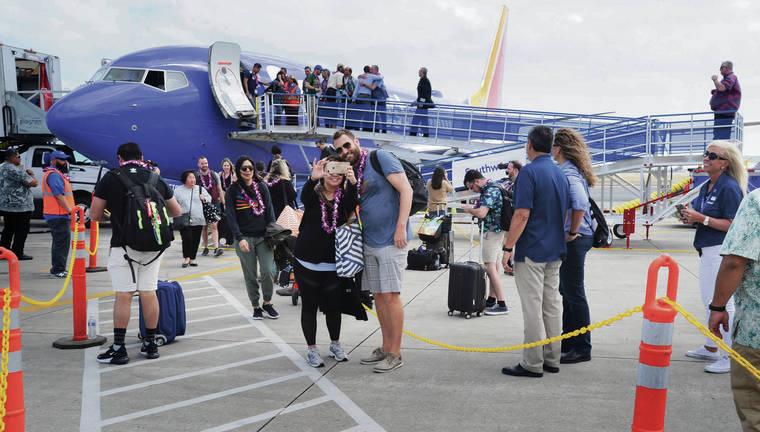

In 2005, just four modest hotels continued to serve the east side of the Big Island, with three of them dating back to the 1960s. By 2005 the percentage of accommodations on the west side of the island increased to 86% of the total.
Southwest airlines oakland trminal full#
The full extent of the airport's impact and shift in tourism can be seen in Hawaii Island Strategic Plan for 2006 to 2015.

Tourism in Hilo had already taken a hit when a tsunami destroyed all seaside hotels in 1960. When the airport opened, it helped accelerate a shift of tourism from East Hawaii to West Hawaii. The lack of a major airport became especially problematic as large resorts started opening in Kona around 1968. Tourists to Kona and the western side of the island typically flew into the Hilo Airport and had to make nearly two hour drive across the island. Prior to the construction of the new airport in 1970, tourism was centered on the town of Hilo on the eastern side of the Big Island. On January 8, 2017, the airport was renamed Ellison Onizuka Kona International Airport at Keāhole to honor astronaut Ellison Onizuka who was born and raised in Kona and died in the Space Shuttle Challenger disaster. In 1997, the Kona name was further emphasized when the airport was renamed the Kona International Airport at Keāhole. In 1993, the airport was renamed Keāhole-Kona International Airport, after the nearby resort town of Kona. At the time of its opening, it was named the Ke-āhole Airport, after its geographical location, Keāhole Point, itself named after the ʻāhole fish found in the area. The airport has had several names over its lifetime. In its first full year, 515,378 passengers passed through the new open-air tropical-style terminals.

The airport opened on July 1, 1970, with a single 6,500-foot (2.0 km) runway the previous smaller airstrip was converted into the Old Kona Airport State Recreation Area.Ĭonstruction crews from Bechtel Corporation used three million pounds of dynamite to flatten the lava tube riddled lava flow within 13 months. This flow extended the shoreline out an estimated 1 mi (1.6 km), adding some 4 km 2 (1.5 sq mi) of land to the island Īnd creating Keāhole Point. Much of the runway is built on a relatively recent lava flow: the 1801 Huʻehuʻe flow from Hualālai.


 0 kommentar(er)
0 kommentar(er)
